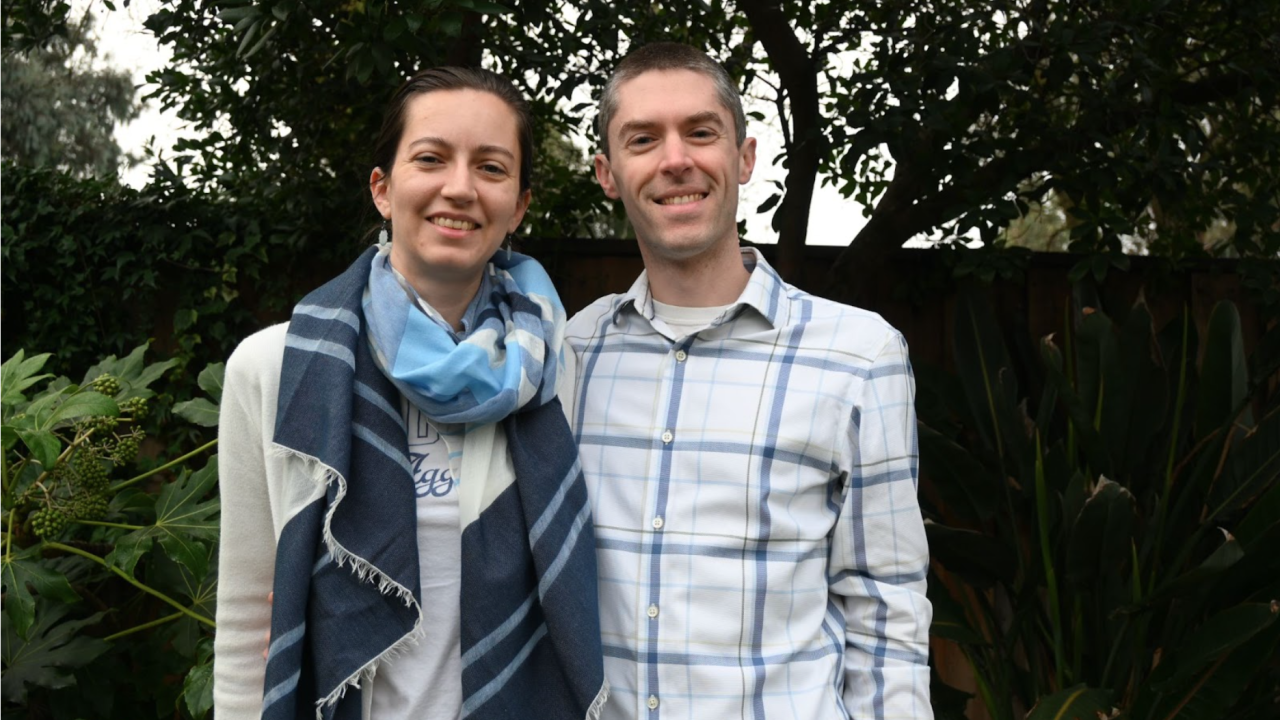Cloud-watching is a classic bucket-list date idea. But what happens when the date is attended by two professional cloud watchers?
UC Davis atmospheric science professors Adele and Matthew Igel met over their shared love of clouds. Their cloud-watching dates are a little more professional now, but still romantic. With clouds, as with love, there is always more to know.
“A lot of people don’t even notice that we still have really fundamental questions about what makes clouds tick,” said Matthew.
What are clouds?
A cloud is simply a collection of tiny water droplets suspended in the air. When warm air moves upwards, it cools, and relative humidity increases. When relative humidity reaches 100%, a cloud is formed.
With over two-thirds of the planet covered in clouds at any moment, clouds are vital to the water cycle and for keeping the Earth cool. They're also the root of daily weather patterns.
“A cloud is the engine that makes the weather work,” said Matthew. Weather and climate have daily and long-term impacts on the globe.
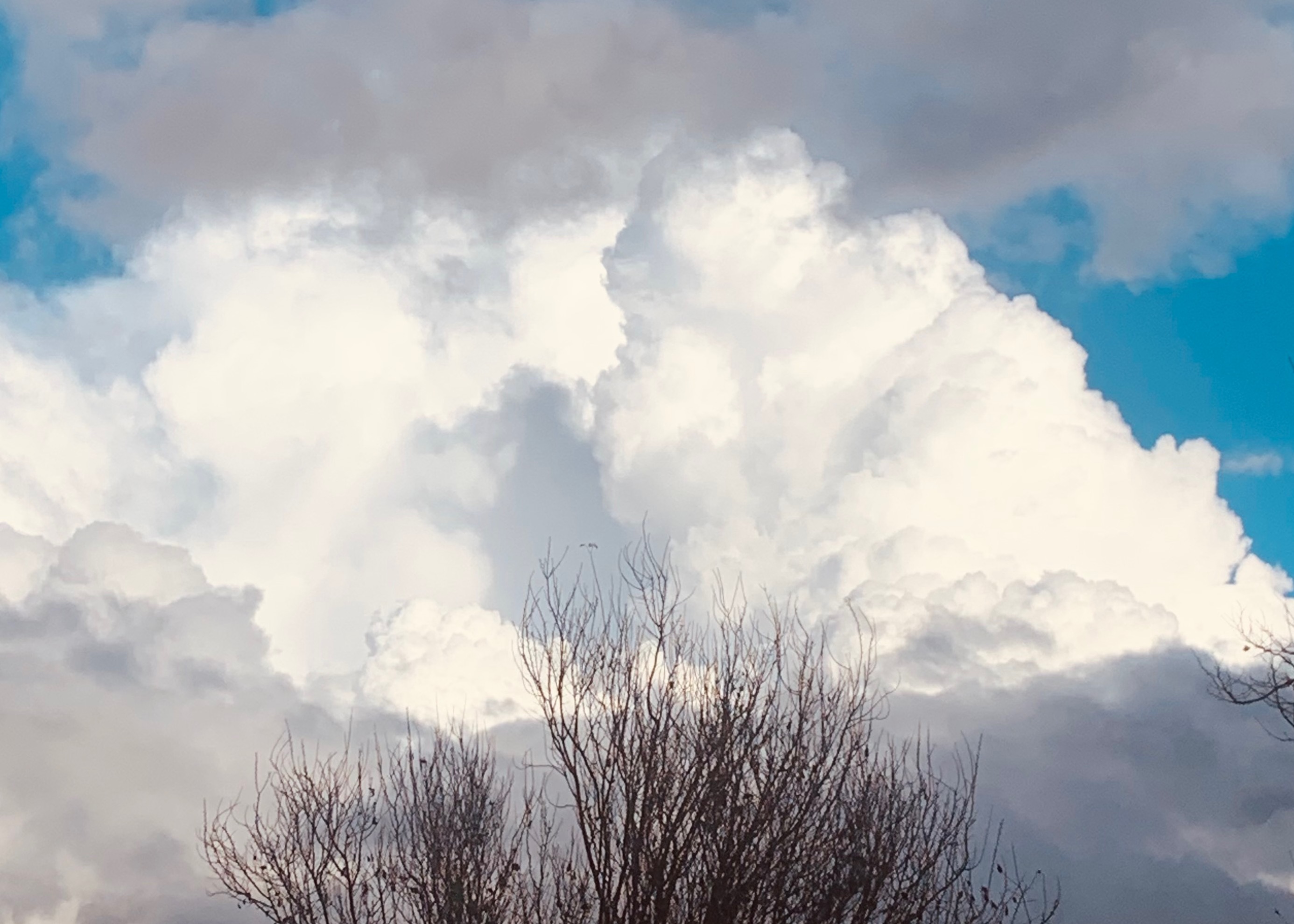
Cloudy with a chance of romance
Adele and Matthew met as undergraduate students at North Carolina State University. They followed each other to grad school at Colorado State University, and then ended up as faculty at UC Davis. They got married under snowing clouds, and the rest is history.
“We’ve essentially written papers together without trying,” Matthew said. “We’re around each other all the time, so an idea comes along and it just sort of happens.”
Aerosols, weather, and climate change
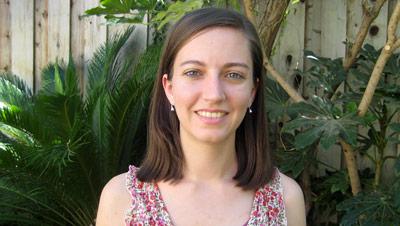
Still, the Igels come at their research from contrasting perspectives. Matthew operates at the large-scale processes of weather, air and energy flow, while Adele’s research is on the individual, tiny cloud droplet scale.
She studies aerosols, or the “seeds of clouds.” Water vapor needs aerosols to condense into droplets within clouds, whether that particle be a speck of dust, ocean salt, or human-released smoke.
“The Industrial Revolution put a lot of extra aerosol particles in the atmosphere, and those particles have actually been offsetting the climate warming by reflecting sunlight,” Adele said.
If there are more aerosols in the air, clouds reflect more sunlight. But these particles have a negative impact, too:
“We have a lot of extra carbon dioxide in the atmosphere, and aerosol particles contribute to a lot of health problems,” she said.
Adele is working to understand this balance of how aerosol abundance and composition impact weather and climate, both now and in the future. She is focusing on cloud systems in the Arctic, where there are very low concentrations of aerosols.
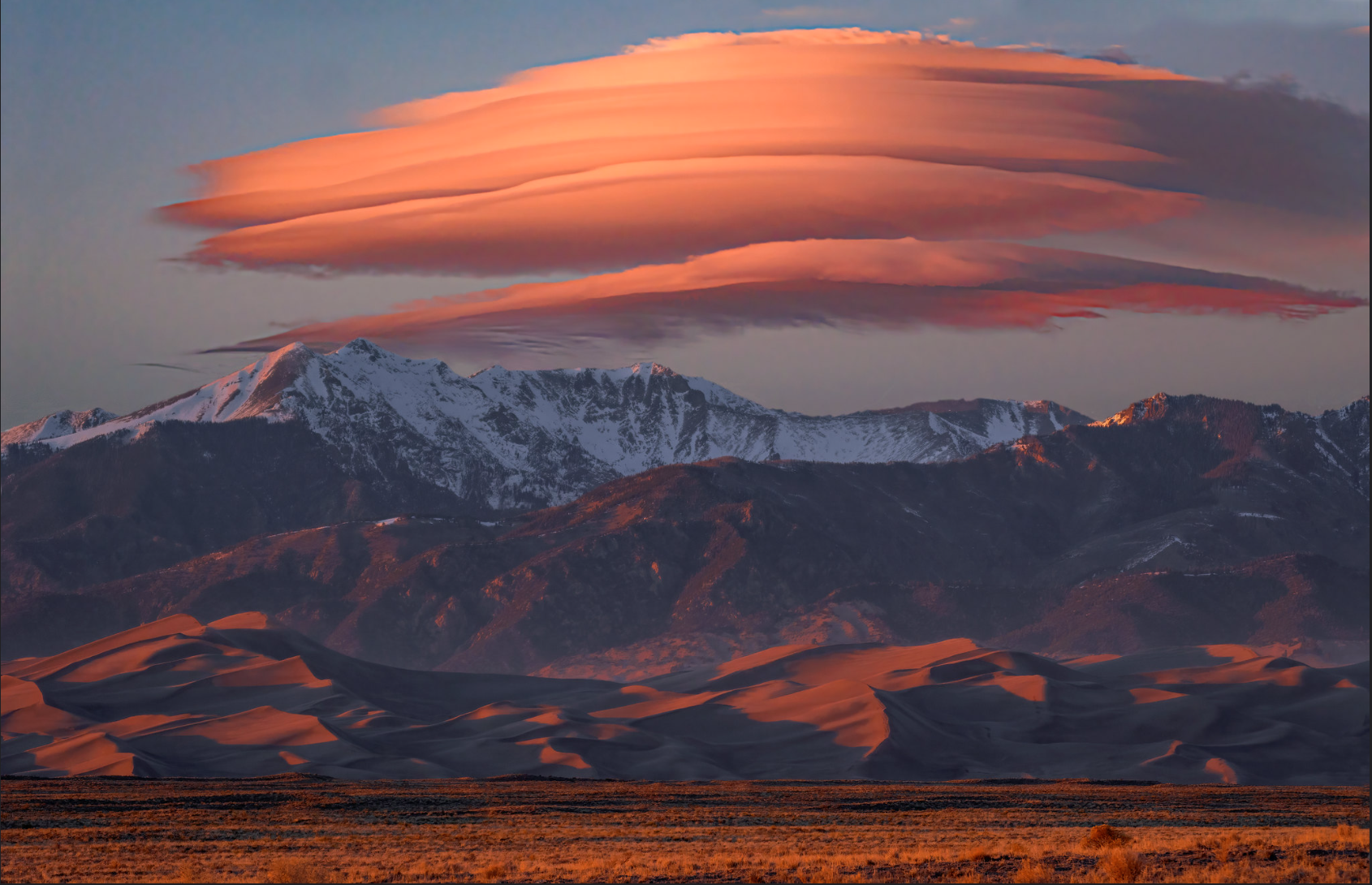
Fine-tuned forecasting
Matthew's research scale is a little larger than 5 microns. He studies cloud behavior and their contributions to weather.
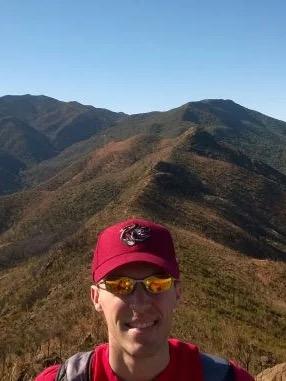
“I like to say whenever the weather needs something done, it asks a cloud to do it,” Matthew said. “But to have a weather model, you have to tell it what a cloud is. So I try to understand what makes clouds tick.”
But don’t blame him for unreliable weather forecasts. According to Matthew, weather apps are “exceptionally poor” and often use their own, unproven forecasting systems. He only relies on the National Weather Service for forecasts.
Matthew is also working on a model called The DONUT, which he hopes will make weather forecasting more “complete,” and focused on small-scale weather, not just broad systems.
“Our ability to not only forecast, but to really understand why individual clouds and individual thunderstorms occur in the precise locations that they do is still really lacking,” Matthew said, connecting this to how it can rain in one place, but be completely dry a few steps away.
Understanding these forecasts also contributes to climate models. Under climate change, clouds and weather could be very different than they are now. This potential shift in cloud behavior and precipitation in the future is a hot topic of research.
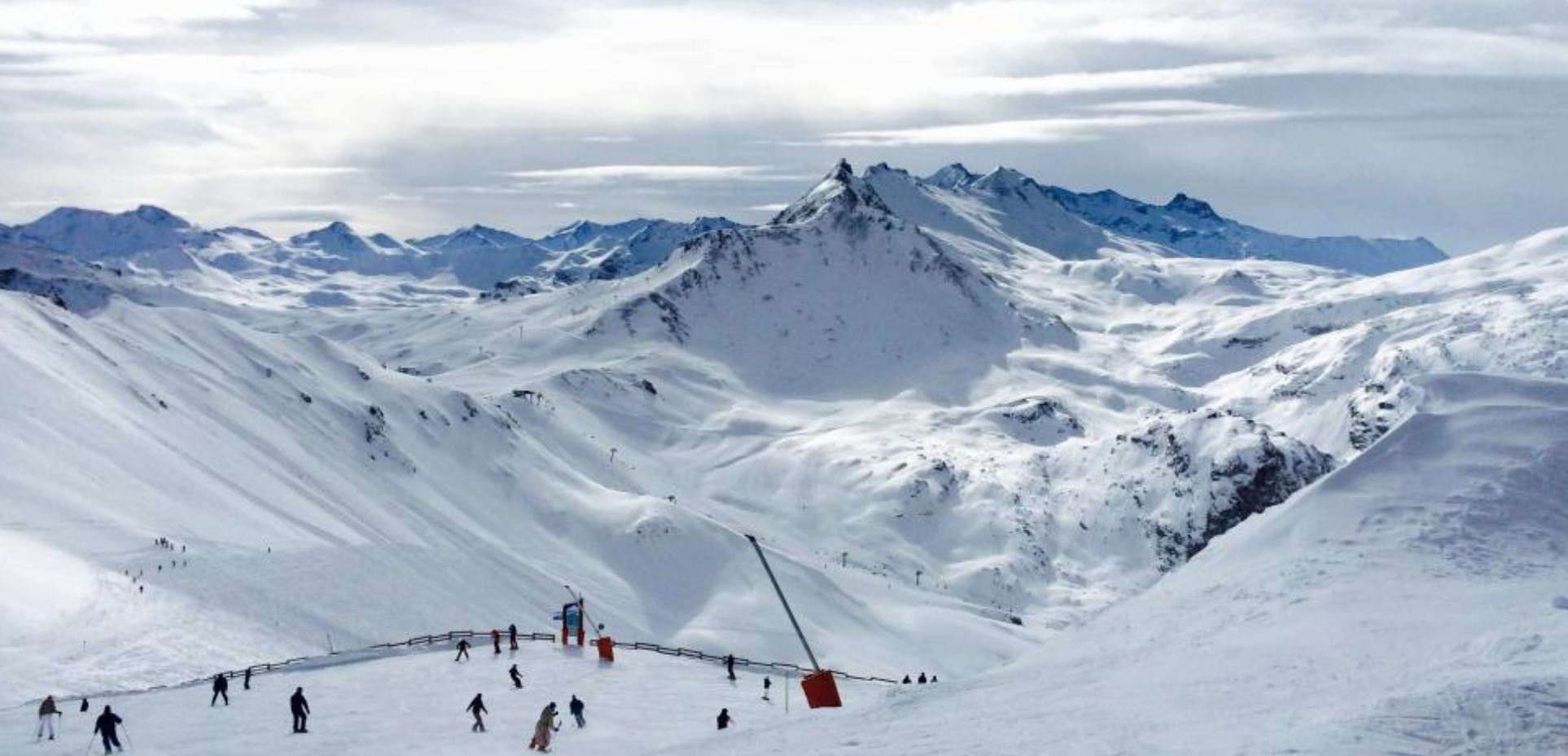
Before Cloud 9
Matthew knew his life’s path in elementary school. He grew up in upstate New York, where snow would fall nearly every winter day.
“I dedicated a lot of time to trying to figure out what it was going to take to have school canceled,” Matthew said. “I just love snow. It all kind of came together for me when I was 10 or 12 years old, and I've really never looked back.
“I was the sort of kid where if I was cloud watching, I was probably out there giving the scientific names of the clouds going by, rather than trying to see that it was a rabbit or a bear or something,” he added.
Adele’s passion for weather and clouds began later in her life after embarking on an internship, where she flew through cumulus clouds on an airplane while measuring the temperature, water vapor, and properties of cloud droplets.
“It was just so fun,” she said.
Now, the Igels fight over the window seat in planes.
“That seat is at an absolute premium,” Matthew joked.
Malia Reiss is a science news intern with UC Davis Strategic Communications. She studies environmental science and management at UC Davis.
Media Resources
Kat Kerlin, UC Davis News and Media Relations, 530-750-9195, kekerlin@ucdavis.edu
